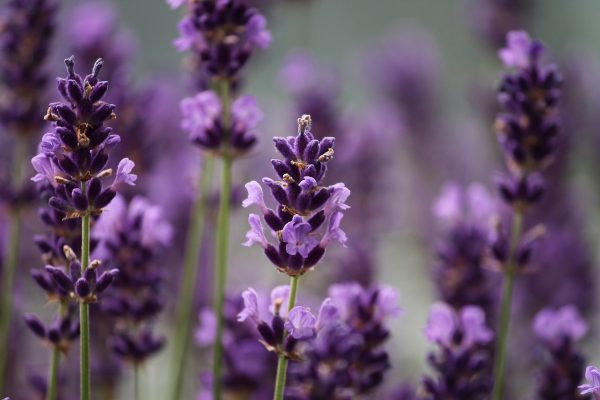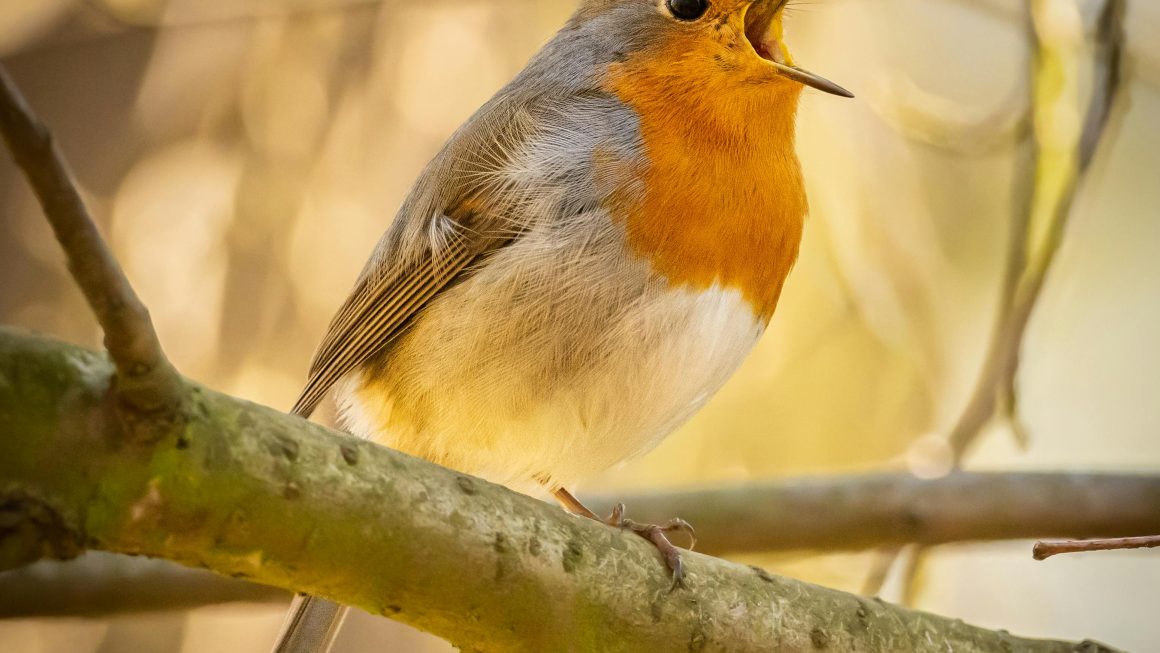This post may contain affiliate links. Please see my disclosure policy to learn more.
Here’s a list of 6 plants that naturally repel pests, along with what bugs they repel and why they work. These plants can be used in gardens, patios, or indoors for both beauty and practical pest control.
Rosemary
Rosemary is known to repel several types of bugs due to its strong aroma and natural essential oils, particularly eucalyptol (1,8-cineole), camphor, and rosmarinic acid. These compounds interfere with the sensory receptors that insects use to locate food and hosts.
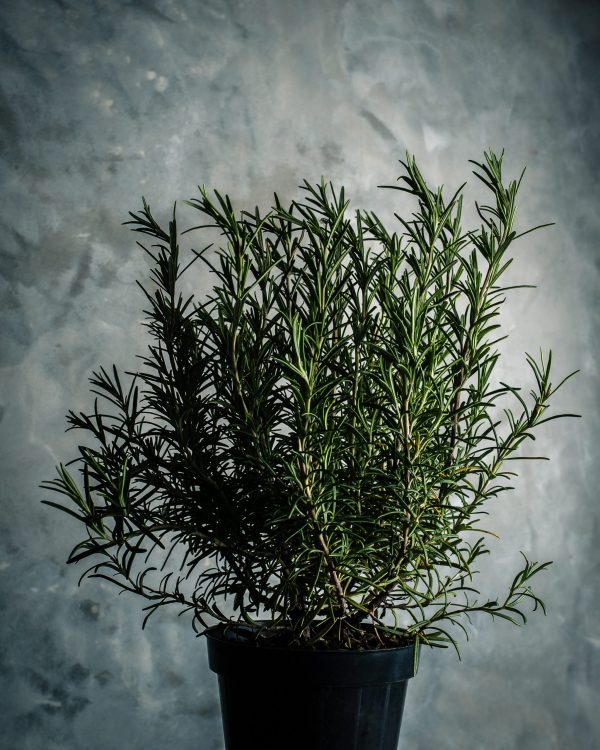
Bugs That Don’t Like Rosemary:
Mosquitoes
Why: Mosquitoes rely on scent to find their prey, and the potent smell of rosemary overwhelms their sense of smell.
How it’s used: Burning rosemary or using its oil in sprays or lotions can help deter mosquitoes.
Flies (including house flies and fruit flies)
Why: Rosemary’s scent masks the smell of food or decay that attracts flies.
How it’s used: Sprigs of rosemary or oil-infused sachets can be placed around food areas.
Cabbage Moths (and some other garden pests)
Why: These pests are deterred by the scent and volatile oils in rosemary.
How it’s used: Planted near crops like cabbage or broccoli as a companion plant.
Ticks
Why: The strong essential oils in rosemary can irritate or repel ticks’ sensory organs.
How it’s used: Often used in natural tick-repellent sprays for pets and humans.
Fleas
Why: Rosemary oil disrupts the nervous system of fleas, making it a popular natural flea repellent.
How it’s used: Used in pet shampoos and sprays.
Peppermint
Peppermint is a powerful natural insect repellent thanks to its high concentration of menthol and other essential oils that interfere with bugs’ ability to smell or function properly. Menthol, the main compound in peppermint oil, has a strong odor and cooling effect that bugs find overpowering or even toxic. Peppermint also contains limonene and pulegone, which are natural insect deterrents.
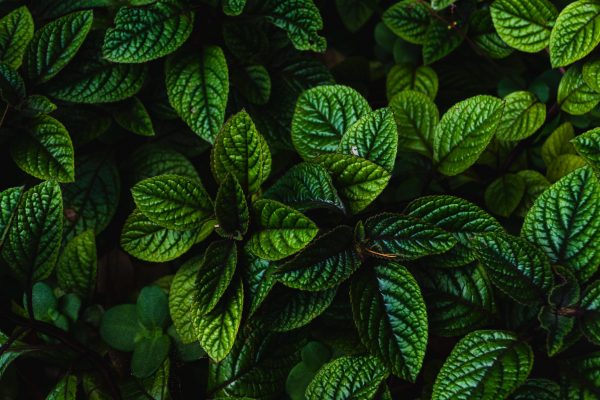
Bugs That Don’t Like Peppermint:
Ants
Why: Peppermint oil overwhelms their scent trails, which ants use to communicate and find food.
How to use: Spray diluted peppermint oil along entry points, baseboards, and countertops.
Spiders
Why: Spiders dislike strong smells like peppermint, which irritates their sensitive receptors.
How to use: Spray peppermint oil in corners, windowsills, and basements.
Mosquitoes
Why: Menthol confuses their ability to detect carbon dioxide and body heat, key to finding prey.
How to use: Use peppermint oil in a diffuser or mix with water and spray on skin (with carrier oil).
Flies (House Flies, Fruit Flies)
Why: The strong scent disrupts their ability to detect food and breeding areas.
How to use: Hang peppermint sachets or use oil diffusers near food areas or trash cans.
Cockroaches
Why: Peppermint oil contains compounds toxic to roaches, and the smell repels them from nesting.
How to use: Mix with water and spray in cracks, under sinks, and behind appliances.
Ticks & Fleas
Why: The menthol irritates their nervous systems and masks host signals like warmth and scent.
How to use: Often found in natural sprays or shampoos for pets.
Catnip
This perennial herb is related to mint and grows readily both as a weed and a commercially cultivated plant in most areas of the US. Nepetalactone, found in catnip’s leaves and stems, targets insect nervous systems. It either masks attractants (like carbon dioxide or body heat) or triggers avoidance behavior in many bugs. Catnip also contains other compounds like citronellol and thymol, which add to its repellent properties. Catnip is non-toxic to humans and can be grown easily in gardens or pots as a natural bug deterrent.
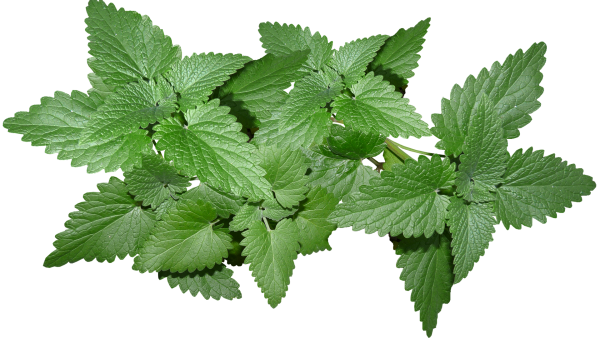
Bugs That Don’t Like Catnip:
Mosquitoes
Why: Nepetalactone is more effective than DEET in some studies at repelling mosquitoes. It interferes with their ability to detect human scent and carbon dioxide.
How to use: Crush fresh leaves or use catnip essential oil mixed with a carrier oil or water-based spray.
Cockroaches
Why: Nepetalactone disrupts their sensory pathways and acts as a deterrent.
How to use: Place dried catnip in sachets in cabinets or under appliances.
Flies (including stable flies and houseflies)
Why: Strong-smelling terpenes in catnip confuse their scent receptors.
How to use: Use catnip oil in diffusers or sprays in fly-prone areas.
Ticks
Why: Catnip compounds repel ticks similarly to how they repel mosquitoes — by affecting the tick’s sensory system.
How to use: Use diluted essential oil sprays on clothing or pet-safe blends.
Termites
Why: Some research shows nepetalactone may have toxic or repellent effects on termites.
Note: Not a foolproof treatment, but it contributes to general insect resistance.
Marigold
Marigolds are hardy annual plants that have a distinctive smell that many bugs find particularly offensive. Marigolds contain Pyrethrum, a compound used in many insect repellents. Marigolds (Tagetes species) are beautiful, hardy flowers — and they’re natural pest repellents, thanks to their pungent scent and special compounds like pyrethrum, limonene, and thiophenes.

Bugs That Don’t Like Marigolds:
Mosquitoes
Why: Marigolds produce pyrethrum, a natural insecticide found in some mosquito repellents. The scent masks attractants like carbon dioxide and body odor.
How to use: Plant marigolds around patios, doorways, or in garden beds near seating areas.
Aphids
Why: Aphids are deterred by the strong aroma of marigold leaves and flowers, especially French marigolds.
How to use: Interplant marigolds among vegetables (especially tomatoes or peppers) to protect them.
Whiteflies
Why: Marigolds confuse and repel whiteflies, especially when used as a trap crop or deterrent border.
How to use: Plant near crops like tomatoes, eggplants, and squash.
Nematodes (microscopic soil worms)
Why: Marigold roots release natural chemicals (alpha-terthienyl and thiophenes) that kill or repel harmful nematodes.
How to use: Grow marigolds as a cover crop, then till them into the soil before planting vegetables.
Cabbage Worms and Other Brassica Pests
Why: The scent masks the smell of host plants like cabbage, kale, and broccoli.
How to use: Plant marigolds around brassica crops as a barrier.
Mexican Bean Beetles
Why: The fragrance and possibly the root secretions help deter this pest.
How to use: Companion plant near beans for added protection.
Basil
Basil (Ocimum basilicum) is more than just a tasty herb; it’s also a powerful natural bug repellent. The secret lies in its essential oils, especially linalool, eugenol, and estragole, which disrupt insects’ sensory systems. Plant basil around your house, garden, or picnic areas, and flies as well as mosquitoes will stay away.
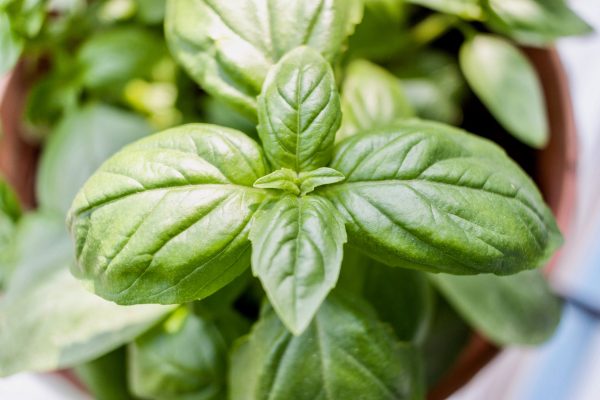
Bugs That Don’t Like Basil:
Mosquitoes
Why: Basil emits linalool and eugenol, which confuse mosquitoes and interfere with their ability to detect carbon dioxide and body heat — two cues they use to find people.
How to use: Rub fresh basil leaves on your skin (test for irritation first), or grow basil in pots near seating areas.
Houseflies
Why: The pungent aroma of basil overwhelms their scent receptors and masks food sources.
How to use: Place fresh basil near windows, doors, or kitchen counters.
Whiteflies
Why: Strong-smelling compounds like estragole repel whiteflies by interfering with their attraction to host plants.
How to use: Companion plant basil near tomatoes or peppers to keep whiteflies at bay.
Aphids
Why: Basil’s essential oils mask the chemical signals plants emit, confusing aphids and discouraging feeding.
How to use: Plant among vegetables or herbs prone to aphid infestations.
Thrips
Why: The oils in basil are irritating to thrips and help reduce their activity around treated plants.
How to use: Use basil sprays (made with diluted essential oil) or companion planting.
Spider Mites
Why: Some studies suggest basil’s volatile oils act as a deterrent or mild irritant to spider mites.
How to use: Grow basil around mite-prone crops like cucumbers or beans.
Lavender
Lavender (Lavandula spp.) is a beautiful, fragrant herb and a natural bug repellent. Its essential oils, especially linalool, linalyl acetate, and camphor, are powerful compounds that deter insects by overwhelming their sense of smell or disrupting their nervous systems.
Bugs That Don’t Like Lavender:
Mosquitoes
Why: Lavender oil contains linalool, which confuses mosquitoes’ ability to detect carbon dioxide and body heat — the signals they use to find people.
How to use: Plant lavender near outdoor seating areas, or apply diluted lavender oil to skin as a natural repellent.
Moths
Why: The scent of dried lavender repels moths and helps prevent them from laying eggs on fabrics.
How to use: Place dried lavender sachets in closets and drawers.
Flies (Houseflies, Fruit Flies)
Why: Lavender’s strong fragrance overwhelms their olfactory system, deterring them from food or waste areas.
How to use: Use lavender essential oil in sprays or diffusers in kitchens or trash areas.
Fleas
Why: Lavender oil can be irritating or even toxic to fleas, and its smell repels them from pets and bedding.
How to use: Add diluted lavender oil to pet bedding or use in DIY flea sprays (ensure it’s safe for your pet).
Ticks
Why: Lavender’s essential oils mask host signals like heat and scent, and may interfere with their sensory organs.
How to use: Use lavender oil sprays on clothing or exposed skin (diluted with a carrier oil).
Spiders
Why: Spiders dislike strong fragrances like lavender, which may irritate their sensitive leg receptors.
How to use: Spray diluted lavender oil around windows, doors, and corners.
- 🌿【Complete 9-Herb Starter Kit】- Everything you need to grow a thriving indoor garden! Includes premium seeds (Basil, Rosemary, Thyme, etc.), 9 biodegradable pots, nutrient-rich soil discs, pruning shears, and markers—ready to plant instantly.
- 🌞【No Green Thumb Needed】- Perfect for beginners! Our step-by-step guide simplifies growing with soaking tips, ideal planting depth, and herb-specific care. Just add water and sunlight for guaranteed sprouts.
- 💎【Premium Quality Guarantee】- Higher germination rates with non-GMO, heirloom seeds + coconut coir soil (expands to 5x size!). Enjoy robust growth and pesticide-free herbs for cooking.
- 💧【🌱 VERSATILE INDOOR & OUTDOOR USE】- Whether in the kitchen, on the patio, or gracing a windowsill - cultivate your herb garden with ease. Effortlessly grow flavorful herbs like Basil, Mint, Coriander, Parsley and Chives.
- 🎁【The Gift of Fresh Flavors】- Elegantly packaged for moms, chefs, or plant lovers. A unique birthday/housewarming gift that keeps giving—fresh herbs and joy all year!
- All-In-One Culinary Herb Garden Starter Kit: Grow a rich variety of 15 essential herbs with our HOME GROWN seed collection, tailored for anyone passionate about cooking or gardening. Each seed is carefully sourced in the USA and tested for a high germination rate to help you create your own thriving herb garden indoors or outdoors.
- Whether you’re a beginner looking to start an herb garden at home or a seasoned gardener enhancing your culinary arsenal, this kit makes it easy to cultivate fresh flavors in your kitchen. Includes top culinary herbs like Genovese Basil, Italian Oregano, and Giant Italian Parsley to bring gourmet quality to your home-cooked meals.
- High-Quality, Non-GMO & Heirloom Herb Seeds: This selection features 4,500+ seeds from 15 heirloom herb varieties that are completely non-GMO.These herb seeds are perfect for those seeking a sustainable, eco-conscious way to grow herbs indoors or in backyard garden beds. With high germination rates, they provide dependable results whether grown hydroponically or in soil. Ideal for those searching for the best herbs to grow indoors or outdoors with long-lasting yields season after season.
- Perfect Gardening Gift Set for Beginners & Experts: Whether it’s for a gardening enthusiast or a home chef, this herb garden kit makes a thoughtful and practical gift. Ideal for holidays, housewarmings, or Mother's Day, this complete culinary herb seed set introduces easy herbs for beginners to grow, while still satisfying the needs of expert gardeners. Each pack includes culinary classics like Rosemary, Sage, Lavender Vera, and Thyme, ensuring every meal is enhanced with fresh, homegrown herbs.
- Versatile Use for Cooking, Health, and Home Decor: These herbs aren’t just flavorful—they’re also packed with potential health benefits and aesthetic value. Use fresh mint for tea, dill for pickling, or chives to garnish your favorite dishes. Explore how to start an herb garden at home that supports both your wellness and culinary creativity. These easy herbs for beginners to grow are a smart addition to your kitchen, garden, or even your indoor plant collection.
- USDA Certified Organic by Oregon Tilth
- 10 culinary herbs packed fresh for the current and following year
- Varities by common (Scentific name) format: thyme (Thymus vulgaris), italian oregano (Oreganium vulgare), caribe cilantro (Coriander sativum), giant italian parsley (Petroselinum crispum), english lavender (Lavandula angustifolia), genovese basil (Petroselinum crispum), broad leaf sage (Salvia officinalis), bouquet dill (Anethum graveolens), common chives (Allium schoenoprasum), & thai basil (Ocimum basilicum)
- 100%: non-GMO, open pollinated, trusted varieties
- Seed-starting video guide access is included, with tips printed on the back of each packet
- Indoor Herb Garden: Grow your own indoor herb garden with our 12 variety pack of herb seeds. This kit includes homesteading essentials for a prolific kitchen garden.
- Variety: Includes basil seeds, chives seeds, cilantro seeds, dill seeds, marjoram seeds, oregano seeds, parsley seeds, sage seeds, thyme seeds, borage seeds, summer savory seeds & rosemary seeds. All fresh for the current planting season.
- Hydroponics: Herbs seeds are excellent for planting in hydroponics systems indoors! This is a planting method that doesn't use soil and has become increasingly popular in homestead gardens. Seeds for hydroponic garden indoor & outdoor.
- Culinary & Medicinal Herbs: The seeds within this collection / variety pack include both medicinal herb seeds and culinary herb seeds to grow and plant all sorts of versatile herbs in a home grown garden for cooking and medicine.
- Quality: All herbs seeds packaged by Seed Needs are intended for the current and the following growing seasons. All seeds are stored in a temperature controlled facility that is free of significant amounts of moisture.
- Complete Herb Growing Kit – Includes 10 popular non-GMO herbs (Basil, Parsley, Cilantro, Chives, Thyme, Oregano, Dill, Sage, Lavender, and Mint), reusable pots, soil discs, tools, and a moisture meter for easy care.
- Beginner Friendly – Instruction booklet included, step-by-step guide makes growing fresh herbs simple and fun, even for kids or first-time gardeners.
- Fresh Flavors at Your Fingertips – Enjoy homegrown herbs year-round for cooking, teas, or natural decoration on your windowsill or kitchen.
- Gift-Ready Packaging - Packaged in an elegant gift box, this herb kit is ideal for any occasion—birthdays, holidays, Mom, Dad, or housewarming parties. Surprise your loved ones with a unique gift that’s both thoughtful and practical.
- Family Fun Project – Create lasting memories while teaching kids about nature, sustainability, and healthy living through hands-on planting.
Originally posted December 2019, updated June 2025.

